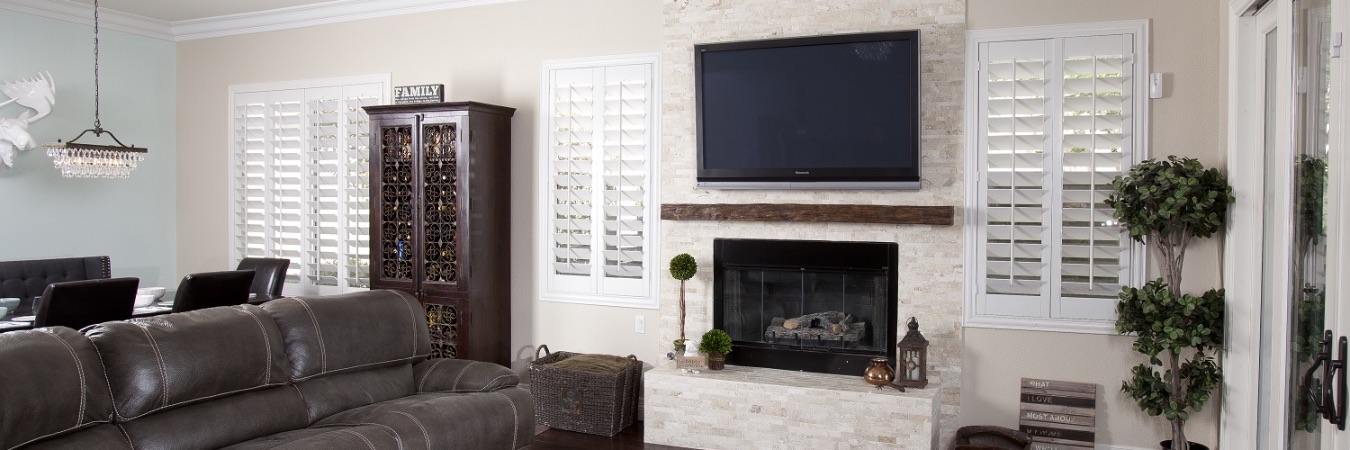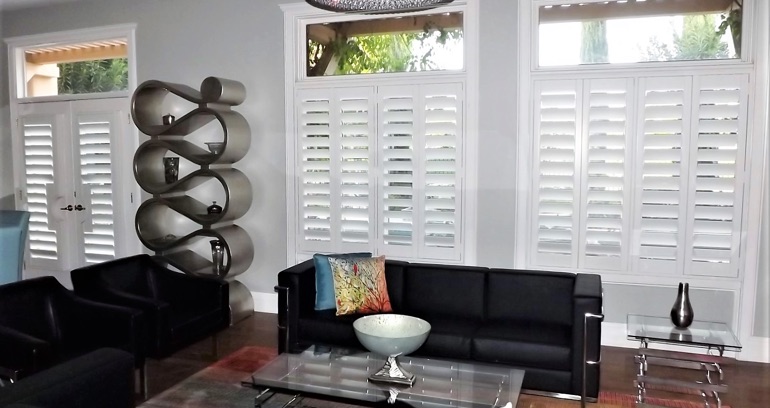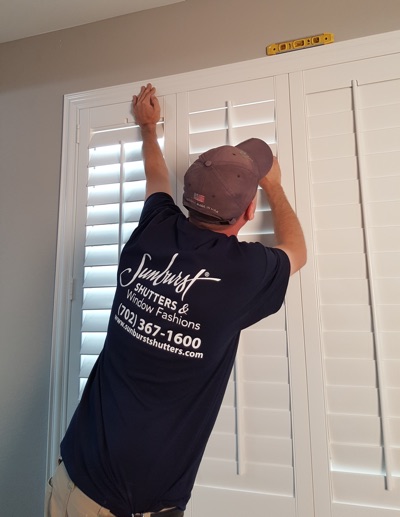
How Difficult Are DIY Shutters?
Getting home improvement projects done on your own in Washington DC is easier than ever. With resources easily available to savvy homeowners, many projects that used to be hard are now very doable.
There are outliers, though – projects that may be cumbersome, time-consuming, or just too difficult to DIY. One job that may fall into that category is putting in DIY plantation shutters.

Here are just a couple of the problems that may come up when you try to install shutters as a DIY project.
Measuring Your Windows
Though it may seem easy at a glance, getting the exact window measurements for plantation shutters can be very tricky. As a member of our team likes to say, “There’s about a thousand wrong ways to measure windows, but only one right way.” There’s a lot of ways windows can vary that can affect how you should measure for shutters.
For example, will your shutters be on an outside or inside mount? What’s the thickness of the shutter frame you’re thinking about and how deep into the window jamb will it need to sit? What type of frame do you need for casement-in windows, swinging windows or sliding windows?
The answers to each of these questions can change which style of shutters and frame are best for you. By extension, that changes how you should measure your windows.
DIY Shutter Buying
The next difficulty for DIY shutters can pop up in the buying process. As with the variation in windows, there’s a lot of variation in shutters, and if you’re doing it alone, it’s a common mistake to buy the wrong product. Here are a few easy to make mistakes if you’re a DIYer:
-
Purchasing the wrong material for shutters. For instance, getting natural wood shutters for a space in your home that needs to have a waterproof window treatment.
-
Picking a shutter build that doesn’t let you open or close your window all the way.
-
Choosing the wrong type of shutter frame, specifically for unique windows like in sidelight windows.
When talking to DIYers, we’ve found there might be some added confusion with shutter terminology. Talking to shutter experts helps eliminate any confusion, so you get exactly what you think you’re getting when you buy your shutters.
Installing DIY Shutters
Where DIY shutters can become most difficult is trying to install them, as you likely guessed.
There are a few reasons it’s so difficult – first, shutter installation needs to be precise, and a slight slip-up in measuring at the start or in hanging a bracket can throw a wrench in the whole project. Shutters can also be physically difficult to install; depending on the material and your window’s location, lifting a shutter can be very cumbersome and in certain scenarios hazardous.

Many DIYers also don’t realize that it’s fairly common for shutters to not exactly fit your window frame. This is mainly due to the fact that most window frames aren’t perfectly square. Attaching the shutter flush to one edge of the window could result in the shutter looking crooked and making gaps. Caulking a ¼ or ½inch gap is common with shutter installations, and if you’re doing it alone a caulking job could be more than you bargained for.
Finally, when you do a shutter installation yourself, you don’t have anything to fall back on. If a shutter company installs your shutters for you, they’ll almost always guarantee the project with a warranty. However if something goes wrong when you DIY, you’re not going to be covered for damage to your windows or the shutters.
-1.jpg)

